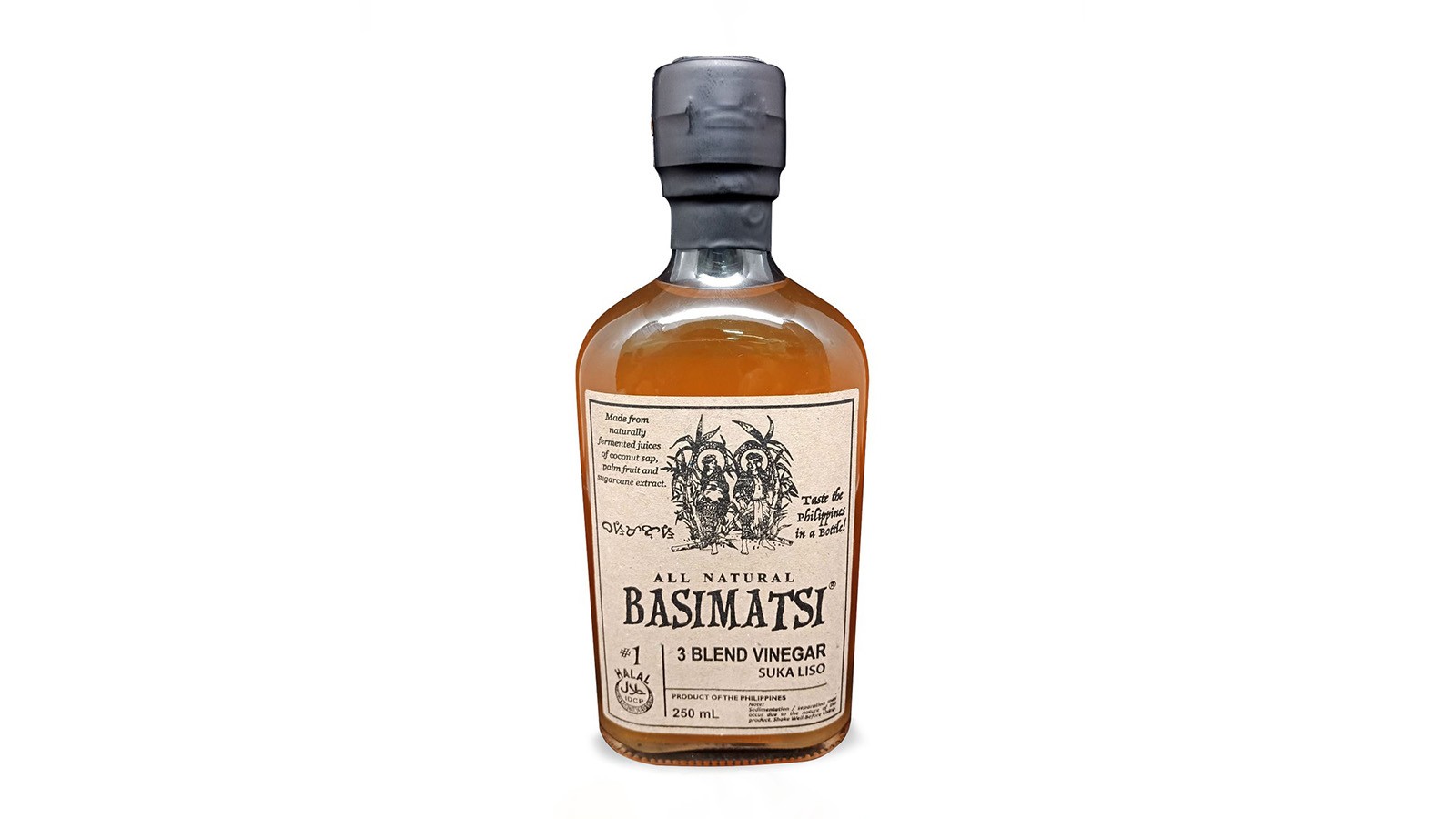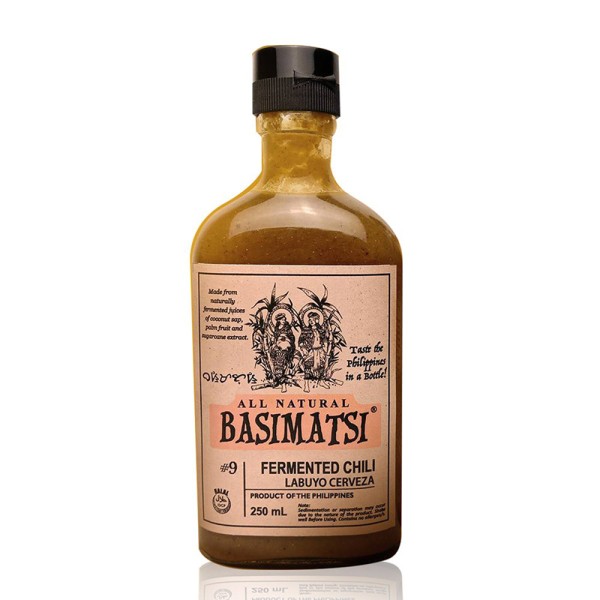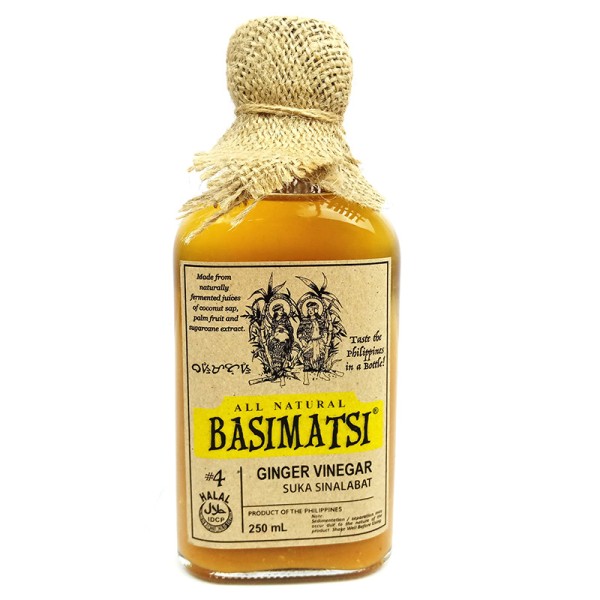How to Make your Brand Stand Out
Being a newbie in any industry is tough, most especially in the cutthroat world of food and bever-ag...

December 20, 2022
Things happen for a reason. And Winfred Tan, co-partner at Kitchen Witchery, learned this when his cafeteria venture had to close.
Things happen for a reason. And Winfred Tan, co-partner at Kitchen Witchery, learned this when his cafeteria venture had to close. Since the customized vinegar made for their food offering was something customers really liked and were looking for, he decided to shift to condiments production instead. And this is where he struck gold.

A coined term for the main ingredients of the beloved sawsawan, Basimatsi borrows its name from BAwang, SIbuyas, kaMATis, and SIli. “Initially, we wanted to come up with just plain and spiced vinegar,” says Tan. “But since all the samples created were equally appreciated by our test groups, we ended up creating six variants. The hot sauce, which came a year later, was the seventh variant, but that was specifically crafted for chili lovers.”
After 7 months of research and development, he came up with a line that satisfies a varied roster of palates. There’s Suka Liso, which is a blend of three kinds of vinegars. It makes for a great base for vinaigrette or your everyday vinegar. Suka Timplado has been infused with Philippine spices and has been the reliable condiment for fried dishes like dried fish or longganisa. As the name implies, Suka Minatamis is subtly sweet because of the addition of molasses. It makes for a wonderful ingredient for adobo or a sawsawan for anyhow na liempo and grilled seafood. Suka Sinalabat is vinegar infused with ginger. It is ideal for curing fish, like in kinilaw. Suka Pinausukan is both smoky and aromatic, while Suka Toyomansi saves you from mixing the favorite condiment combo of soy sauce, vinegar and calamansi juice. Finally, Labuyo Cerveza is a brewed and aged hot sauce, taking inspiration from the process of producing beer. It is their version of sriracha.
 “We initially created our own vinegar but we decided to seek regional partners whose livelihood depended on vinegar production,” says Tan. “In order to support our regional partners, we shared our recipe in order to produce the same base vinegar.”
“We initially created our own vinegar but we decided to seek regional partners whose livelihood depended on vinegar production,” says Tan. “In order to support our regional partners, we shared our recipe in order to produce the same base vinegar.”
Their vinegars hail from Ilocos, Batangas and Quezon. They are purchased from the regional producers, then blended in their own production facility.
They are currently in the process of expanding their line with vinegar-based condiments.
Check out these food fusions between Filipino and Middle Eastern cuisines
The unending quest for healthy and sustainable food amid changing lifestyles
A quick look at the Philippine food staple often getting a bad health rap